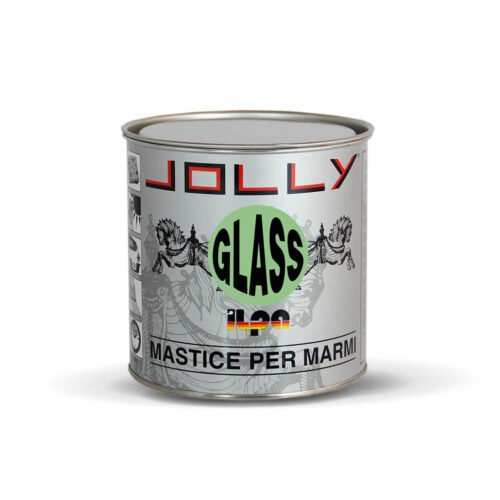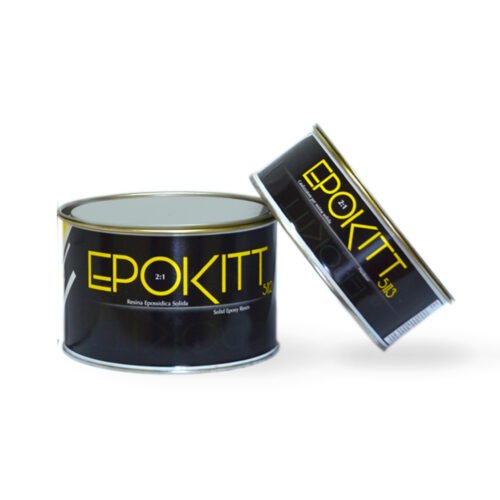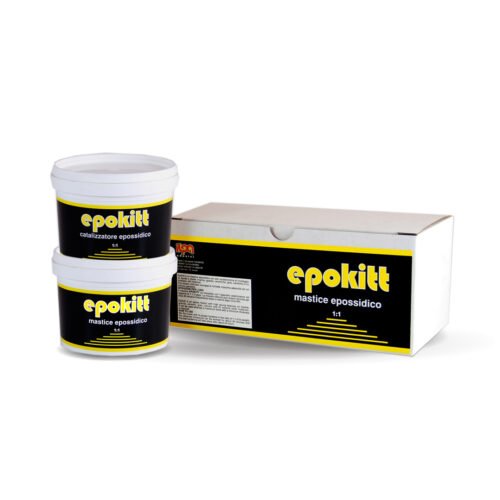WELCOME TO KINGHOME
Get A Free Quote
We will get back to you within 8 hours












KingHome adhesive solutions deliver professional-grade bonding performance for stone, tile, and flooring applications in commercial and institutional environments. These specialized formulations address critical challenges including substrate hollowing repair, stone installation, moisture resistance, and long-term structural integrity across marble, granite, ceramic, and engineered flooring systems.
Technical formulations feature modified epoxy, polyurethane, and acrylic chemistries engineered for high-hardness bonding, anti-aging properties, and superior moisture barriers. Products meet demanding performance requirements including shear strength retention under water immersion, thermal cycling resistance, and compatibility with alkaline substrates common in commercial construction. Working times range from 20-40 minutes with full cure profiles designed for professional installation schedules.
Primary applications span facility maintenance operations including floor tile repair, stone restoration, slab leveling, and structural hollowing correction in high-traffic commercial spaces. Products serve hospitality, healthcare, retail, and institutional sectors where long-term bonding integrity directly impacts facility operations and lifecycle costs. Selection considerations include substrate porosity, moisture conditions, load-bearing requirements, and chemical exposure profiles specific to each installation environment.
Adhesive selection requires matching chemistry type to substrate materials and performance demands. Epoxy-based formulations provide maximum structural strength for heavy-duty repairs and permanent installations, while modified acrylics offer flexibility for substrates subject to thermal movement or vibration. All formulations incorporate low-VOC ingredients aligned with commercial building standards and support LEED-compliant facility operations.
Technical support includes substrate compatibility verification, application methodology guidance, and performance specification matching to project requirements. Professional installers and facility teams benefit from products engineered for reliable field performance across diverse installation conditions while minimizing application complexity and curing variability.
GET IN TOUCH
A: There are three primary types:
Cement-based adhesives (e.g., polymer-modified thin-set mortars) are versatile for most indoor/outdoor applications, offering strong adhesion and moderate flexibility. They’re ideal for natural stone (marble, granite) and ceramic tiles.
Epoxy adhesives provide superior strength, chemical resistance, and durability for heavy-traffic or harsh environments (e.g., kitchens, laboratories). They’re suitable for large-format tiles and stone but require careful mixing.
Pre-mixed adhesives are convenient for small projects but have limited shelf life and lower performance compared to cement-based options.
Adhesives are also classified by European standards (e.g., EN 12004):
C1/C2: C2 adhesives have higher tensile strength (≥1.0 N/mm²) for large or heavy tiles.
S1/S2: S2 adhesives offer superior deformability (≥5 mm) for substrates prone to movement.
A: Substrate type: Ensure compatibility (e.g., concrete, plywood, or existing tiles). Smooth surfaces may require a primer.
Tile/stone type: Porous materials (e.g., travertine) need breathable adhesives to prevent moisture buildup. Heavy stones (e.g., marble) require high-strength options like epoxy or C2-rated cement-based adhesives.
Environmental conditions: For wet areas (e.g., bathrooms), use waterproof or epoxy adhesives. For outdoor use, select UV-resistant and frost-proof formulations.
Traffic level: High-traffic zones (e.g., malls) demand durable epoxy or C2 adhesives with flexural strength.
A: Cleanliness: Remove dust, grease, oil, or old adhesive residue. Use a degreaser or pressure washer if necessary.
Repair defects: Fill cracks or holes with a patching compound and ensure the substrate is flat (≤4 mm deviation per 2 meters).
Priming: Apply a primer (e.g., ARDEX P82) on smooth surfaces (e.g., plywood or existing tiles) to enhance adhesion.
Moisture control: For concrete, test moisture levels (≤3% relative humidity) to avoid adhesive failure.
A: To achieve full adhesive coverage and prevent hollow spots—a common issue that leads to tile cracking, popping, or long-term instability in commercial stone/tile installations—follow these precise, actionable steps:
First, select the correct notched trowel and use it properly. Match trowel size to your tile/stone dimensions: 6x6mm notches for small tiles (≤300x300mm), 10x10mm for large formats (≥600x600mm) or thick natural stone. Hold the trowel at a 45° angle to spread adhesive into uniform, raised ridges—this ensures consistent thickness and eliminates gaps that cause hollow spots.
Second, apply double-bonding (back-buttering) for heavy or porous materials. For thick stone (e.g., marble slabs) or porous tiles (e.g., travertine), spread a thin, even layer of adhesive on both the substrate (floor) and the back of the tile. This fills tiny pores and air pockets, guaranteeing tight contact between the tile and floor.
Third, press and tap tiles firmly during installation. After placing the tile, use a rubber mallet to tap its surface evenly—this forces adhesive into every crevice and ensures at least 95% coverage. Avoid sliding the tile excessively, as this can scrape away adhesive and create hidden voids.
Fourth, work in small sections (≤1 square meter at a time). Cement-based adhesives have a short “open time” (20–30 minutes before drying), so small sections prevent adhesive from curing before tiles are set.
Finally, check for hollow spots immediately. After setting each tile, tap it gently with a small tool (e.g., a screwdriver handle). A solid, dull sound means good coverage; a hollow, ringing sound indicates a hollow spot. Lift the tile within the open time, reapply adhesive, and reset it to fix the issue.
Proper substrate prep (ensuring the floor is flat, clean, and primed) also lays the foundation for good coverage—uneven or dusty surfaces will undermine even the best adhesive application.
A: The method depends on whether the adhesive is fresh (uncured) or cured (dried), as improper removal can scratch or stain stone/tile—especially porous natural stone like marble or travertine.
For fresh, uncured adhesive (best removed within 1–2 hours): Use a damp microfiber cloth or sponge to wipe it away gently. For thicker globs, use a plastic putty knife (never metal, which scratches) to lift excess first, then wipe the residue with water. Avoid harsh cleaners here—water alone works for most cement-based or pre-mixed adhesives, and prevents chemical damage to stone.
For cured, dried adhesive: Start with a plastic scraper to gently scrape off loose chunks. For stubborn residue:
On ceramic/porcelain tiles: Use a stone-safe solvent (e.g., acetone or isopropyl alcohol) on a cloth—rub in circular motions until residue lifts.
On natural stone: Test solvents on an inconspicuous spot first (to avoid discoloration). Use milder options like citrus-based cleaners for porous stones (e.g., limestone), as strong solvents can seep into pores and cause staining.
Always rinse the surface with clean water after using solvents, and dry with a soft cloth. For epoxy adhesives (extra durable), use an epoxy-specific remover (follow manufacturer instructions) and avoid excessive pressure to prevent surface damage.